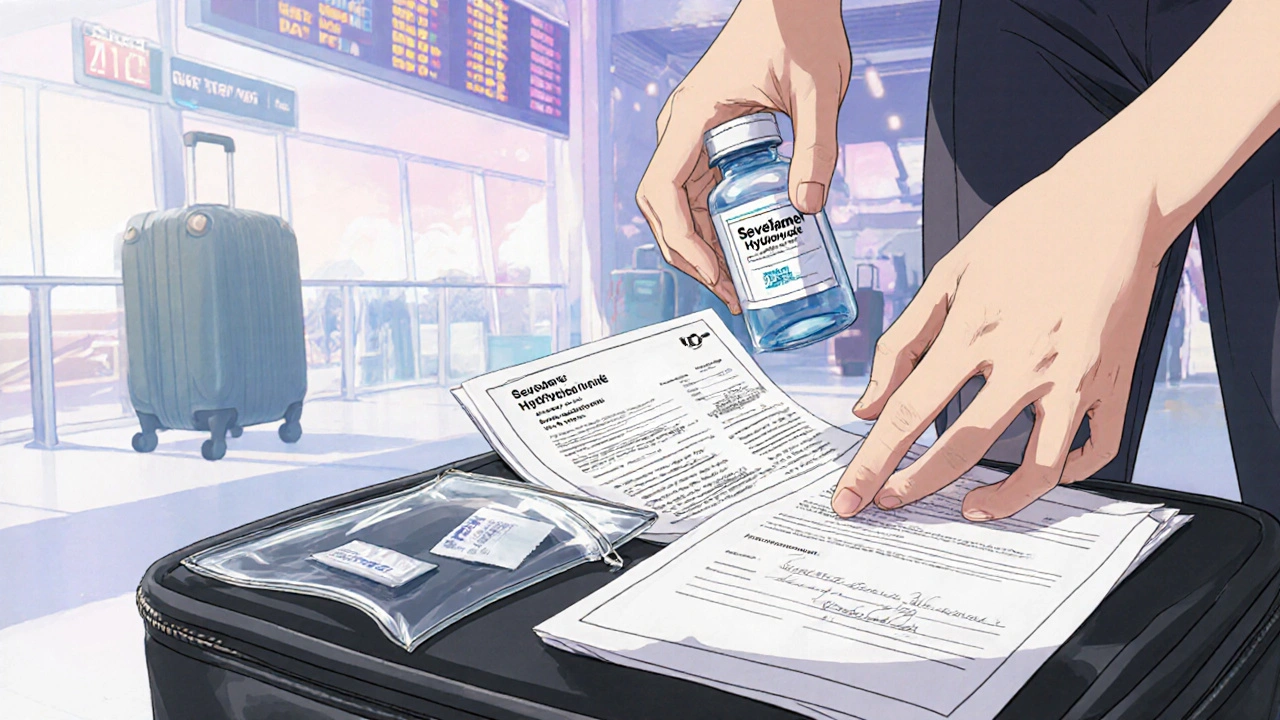When dealing with medication storage, the practice of keeping drugs under the right conditions so they stay safe and work as intended. Also known as drug storage, it covers everything from temperature and light exposure to child‑proofing. Another key player is temperature‑sensitive medication, drugs that lose strength if they get too hot or too cold, while child safety locks, devices that keep kids from reaching hazardous pills are essential for any household. Finally, the home medicine cabinet, the common spot where families store everyday prescriptions and over‑the‑counter products ties all these elements together, turning a simple shelf into a mini‑pharmacy.
Proper medication storage isn’t just a neat habit—it directly impacts how well a drug works. For instance, antibiotics that drift outside their recommended temperature range can lose potency, leading to treatment failures and resistance risks. Similarly, vitamins exposed to light may degrade, meaning you miss out on the promised health boost. By controlling temperature (usually between 15‑25°C for most pills), shielding from sunlight, and keeping moisture out, you preserve the original efficacy. This small effort also cuts waste: fewer expired bottles mean lower costs for families and less trash in landfills.
Beyond the science, safety matters a lot. Child safety locks on cabinets or high cabinets themselves keep toddlers from mistaking a sweet‑tasting syrup for juice. Labels with clear expiry dates and a “first‑in‑first‑out” system help avoid accidental ingestion of old meds. Pharmacies follow strict guidelines—like storing insulin in refrigerated units and keeping narcotics in locked safes—so mirroring those standards at home boosts protection. Whether you’re a senior managing multiple prescriptions, a parent juggling kids’ doses, or just someone who wants to keep a few daily vitamins, the basics stay the same: control temperature, block light, lock away danger, and stay organized.
Below you’ll find a curated set of articles that walk through real‑world storage tips, compare storage‑friendly medications, and explain how to set up a safe medicine area at home. From managing temperature‑sensitive drugs to choosing the right child lock, these reads give you actionable steps you can apply right away.

Learn how to travel safely with Sevelamer Hydrochloride, covering packing, temperature control, dosing across time zones, customs tips, and emergency planning.
Read More© 2025. All rights reserved.